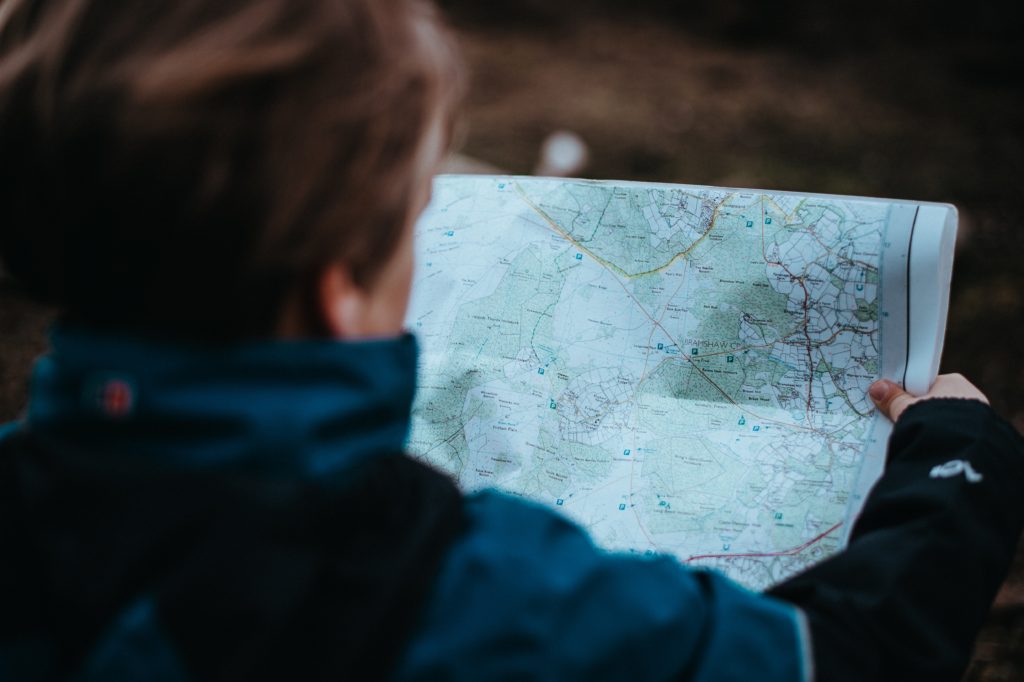Exploring the great outdoors can be an exhilarating experience, but it’s essential to have the skills to navigate effectively. One fundamental skill every outdoor enthusiast should possess is the ability to find oneself on a map. Whether you’re hiking, camping, or embarking on a backcountry adventure, knowing your location on a map is crucial for a safe and enjoyable journey. In this guide, we’ll break down the steps to help you find yourself on a map and enhance your navigation skills.
Choose the Right Map
Before you set out on your adventure, make sure you have an accurate and up-to-date map of the area. Topographic maps are especially valuable, as they provide detailed information about the terrain, elevation, and natural features. Ensure your map covers the specific area you plan to explore.
Orient the Map
Start by aligning your map with the actual terrain. Use a compass to orient the map according to the cardinal directions (north, south, east, west). This step is crucial for accurate navigation, as it helps you relate the map to the landscape around you.
Identify Landmarks
Look for prominent landmarks or features in your surroundings, such as mountain peaks, rivers, or distinctive terrain formations. Match these features with their counterparts on the map to confirm your location. The more identifiable landmarks you can spot, the easier it will be to pinpoint your position.
Use Contour Lines
Topographic maps use contour lines to represent changes in elevation. Pay attention to these lines to determine the steepness of the terrain and identify prominent geographical features. By understanding the contour lines, you can gain insights into the landscape and cross-reference them with your surroundings.
Utilize Grid Coordinates
Many maps have a grid system with coordinates that can help you pinpoint your exact location. Familiarize yourself with reading these coordinates and use them to find your position on the map. This method is especially useful for precise navigation in vast and feature-rich landscapes.
Track Your Progress
As you move through the outdoors, continuously track your progress on the map. Note key landmarks, intersections, or changes in direction. By maintaining a record of your route, you can easily retrace your steps or adjust your course if needed.
Stay Aware of Surroundings
Regularly check your surroundings against the map to stay aware of any deviations from your planned route. Be mindful of changes in the terrain, weather conditions, or unexpected obstacles that may affect your navigation.
Practice Navigation Skills
To enhance your ability to find yourself on a map, practice your navigation skills in various environments. Familiarize yourself with different types of maps and challenge yourself with more complex terrains to build confidence in your abilities.
Conclusion
Mastering the skill of finding yourself on a map is a fundamental aspect of outdoor navigation. By choosing the right map, orienting it correctly, identifying landmarks, using contour lines, and employing grid coordinates, you can confidently navigate the wilderness. Regular practice and a keen awareness of your surroundings will contribute to your overall outdoor safety and enjoyment. So, gear up, grab your map, and embark on your next adventure with the confidence that comes from knowing exactly where you are.

